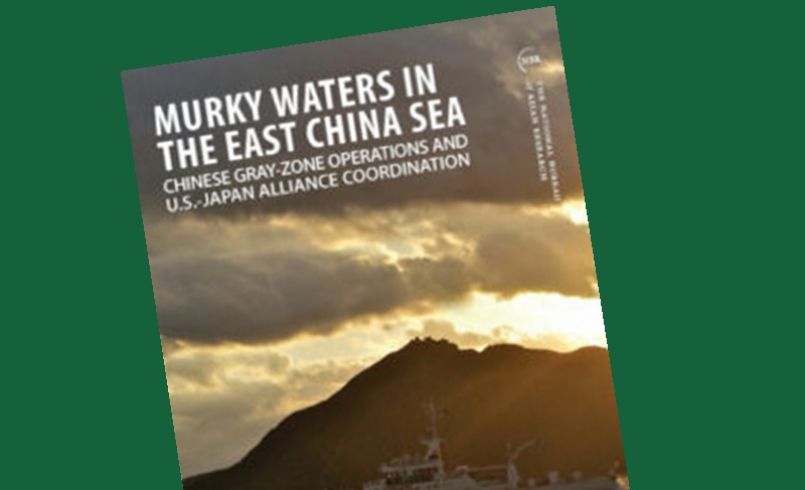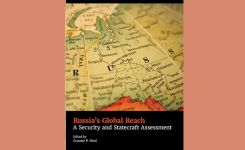- Daniel K. Inouye Asia-Pacific Center for Securi...
- U.S. Command and Control across the Spectrum of...
U.S. Command and Control across the Spectrum of Gray-Zone Operations in the East China Sea
“U.S. Command and Control across the Spectrum of Gray-Zone Operations in the East China Sea” is a new essay by DKI APCSS professors Dr. John Hemmings and Prof. Wade Turvold published by the National Bureau of Asian Research (NBR) in its special report, “Murky Waters in the East China Sea Chinese Gray-Zone Operations and U.S.-Japan Alliance Coordination.” The essay examines the role of the U.S. in gray-zone contingencies in the East China Sea in the context of alliance coordination with Japan.
Executive Summary:
The U.S. and Japan produced the New Defense Guidelines in 2015 that created the alliance coordination mechanism (ACM) to enable the allies to better manage crises. The ACM has proved useful but is showing some limitations in handling the challenges of complex gray-zone activity posed by China. This is in part due to the differing definitions of “gray zone” in Japan and the U.S., which could lead to confusion over appropriate response mechanisms. This uncertainty may have the unintended effect of giving China the power to set the tempo of activities in and around the Senkaku Islands to incrementally wrest control from the Japan Coast Guard. There are also growing concerns that the ACM is insufficient for dealing with kinetic operations above the threshold of gray-zone operations. Therefore, the U.S. and Japan should consider reforming the ACM, reorganizing U.S. Forces Japan, and developing a command and control (C2) structure for crises just below and above the gray-zone threshold.
POLICY IMPLICATIONS
- Japan and the U.S. must find a common definition of gray zone that will enable them to agree on the threshold where gray-zone activity ends and conflict begins.
- Japan and the U.S. must strengthen the ACM by constant usage and rehearsal in order to allow it to function properly during a fait accompli gray-zone operation by China.
- The disjointedness of U.S. C2 in the vicinity of Japan could be a significant challenge in a fast-paced crisis above the gray-zone threshold. The allies should consider creating a unified command structure for the alliance, given that the current “coalition-style” approach to C2 could prove insufficient for dealing with a peer competitor with a unified command in a crisis scenario.
READ ARTICLE
Dr. John Hemmings and Prof. Wade Turvold are professors at the Daniel K. Inouye Asia-Pacific Center for Security Studies (DKI APCSS) in Honolulu, USA. The views expressed in this essay are the author’s alone, and do not necessarily reflect the official position of the DKI APCSS or the United States Government.



